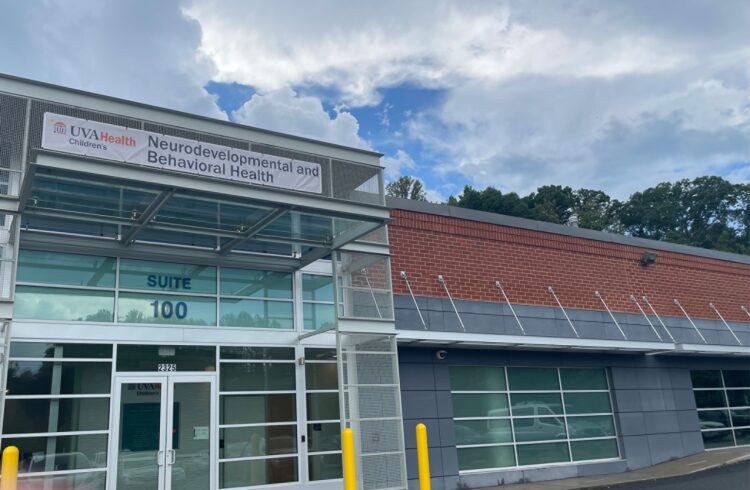
For about 25 percent of patients suffering from epilepsy, medications do not effectively control the disease and stop seizures. For some, epilepsy surgery is the best answer. In the past, epilepsy surgery meant a craniotomy, which requires a surgeon to open the patient’s skull to remove the brain lesion causing epilepsy.
To determine whether a noninvasive surgery could effectively treat patients with a certain type of epilepsy – mesial temporal lobe epilepsy – University of Virginia School of Medicine neurologist Mark S. Quigg, MD, is helping lead an international clinical trial examining the effectiveness of Gamma Knife radiosurgery. The Gamma Knife delivers focused beams of radiation guided by MRI to the brain lesion in hopes of damaging the lesion and preventing it from causing epileptic seizures.
“This trial could offer patients with the appropriate kind of epilepsy a choice of noninvasive surgery,” says Quigg, the trial’s co-principal investigator. “Epilepsy surgery probably is underutilized, and an alternate method may bring the benefits of surgery to a wider group of patients.”
Gamma Knife vs. craniotomy
Supported by a grant of up to $20 million from the National Institutes of Health, the clinical trial will randomly assign 217 volunteer patients with mesial temporal lobe epilepsy to receive either Gamma Knife treatment or a craniotomy and follow up with those patients for three years. At this time, Gamma Knife treatment is only available for epilepsy patients who volunteer for the clinical trial.
The study will compare the effectiveness of the two treatments using several measures, including:
Stopping epileptic seizures. Patients will maintain a diary detailing when they have seizures following surgery. How well the patient’s brain functions following surgery. This is measured by examining specific kinds of memory, such as memory used in finding directions and recalling locations. Other measurements detail a patient’s quickness of thought and overall attention. The patient’s quality of life, such as their mood and ability to drive. Cost. The study will examine the cost of the surgery as well as follow-up treatment. A craniotomy can require a hospital stay of four to six days, including one or two nights in an intensive care unit, Quigg says, while the Gamma Knife patients can typically return home the same day. However, it can take six to 15 months for the Gamma Knife treatment to stop epileptic seizures. Patients will keep a log of their doctor visits over the three-year study to compare the overall costs of each treatment.


